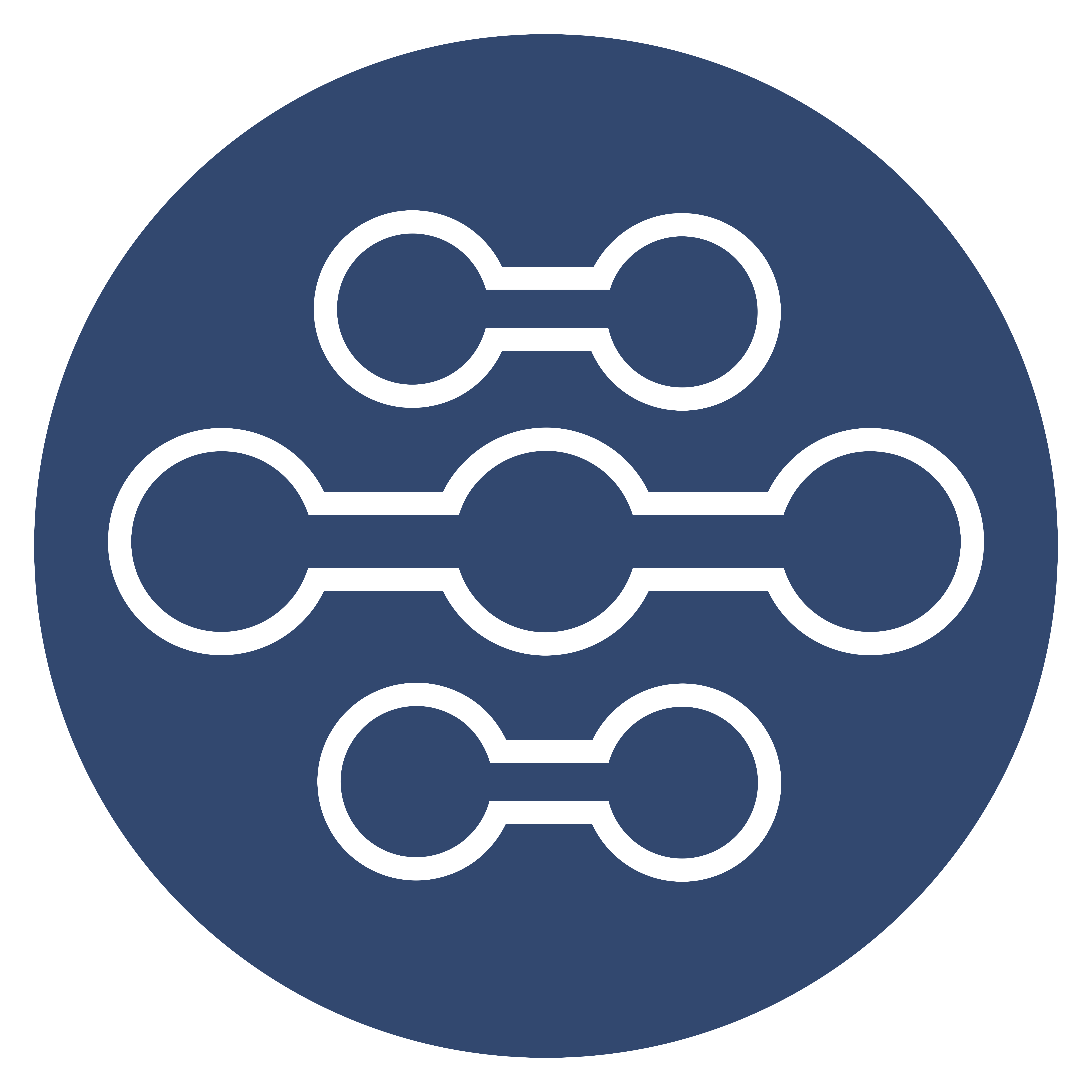
Navigating the HR Landscape: Compliance and Beyond
Summary:
In the ever-evolving realm of Human Resources (HR), staying ahead of regulatory changes, mastering compliance best practices, and fostering employee engagement are not just responsibilities – they are the cornerstones of building resilient and successful organizations. In this article, we'll delve into the importance of navigating the HR landscape, exploring the intricate dance between compliance and the broader strategies that drive a thriving workforce.
The Regulatory Tapestry: Staying Informed on HR Regulations
The HR landscape is intricately woven with a tapestry of regulations that govern every aspect of the employee lifecycle. From recruitment and onboarding to employee relations and termination, HR professionals must navigate a dynamic and complex legal landscape.
Being well-versed in the latest HR regulations is not only a legal necessity but a strategic imperative. Changes in employment laws, data protection regulations, and workplace safety standards can have a profound impact on an organization's operations. HR professionals must stay vigilant, regularly update policies, and ensure that their practices align with the ever-evolving legal landscape.
Empowering HR Professionals with Compliance Best Practices
Compliance isn't just about ticking boxes; it's about creating a culture of accountability and integrity within an organization. Compliance best practices go beyond the legal minimums, emphasizing ethical conduct, fairness, and transparency.
Implementing effective compliance best practices involves:
-
Regular Audits and Assessments: Conducting regular internal audits ensures that HR policies and practices align with current regulations. It's a proactive approach that identifies potential compliance risks before they escalate.
-
Continuous Training and Development: Keeping HR teams well-informed through ongoing training is essential. This not only sharpens their understanding of existing regulations but also prepares them for upcoming changes.
-
Transparent Communication: Establishing clear lines of communication between HR professionals and employees fosters trust. Transparency about HR policies and compliance measures creates an open and accountable workplace culture.
Tailoring Employee Engagement to Your Workforce
Employee engagement is not a one-size-fits-all concept. HR professionals must understand the unique dynamics of their workforce and tailor engagement strategies accordingly. This involves:
-
Listening and Feedback Mechanisms: Establishing regular channels for employee feedback ensures that their voices are heard. Actively listening to concerns and suggestions fosters a culture of collaboration and inclusivity.
-
Professional Development Opportunities: Offering avenues for skill development and career growth demonstrates a commitment to employees' long-term success. It boosts morale and loyalty, contributing to higher retention rates.
-
Recognition and Rewards: Recognizing and rewarding employee contributions is a powerful engagement tool. It goes beyond monetary benefits, acknowledging the value of individual efforts and creating a positive work environment.
The Intersection of Compliance and Employee Engagement
The synergy between compliance and employee engagement is where resilient organizations thrive. A compliant workplace provides a stable foundation, while employee engagement adds the fuel for innovation, productivity, and a positive workplace culture.
Strategic HR professionals recognize that compliance is not a hindrance but an opportunity. By proactively addressing compliance requirements, HR leaders create a secure and predictable environment that allows employees to focus on their roles without unnecessary distractions.
The Intersection of Compliance and Employee Engagement
Navigating the HR landscape involves a delicate dance between compliance and broader strategies that prioritize employee engagement and organizational success. As the workplace evolves, HR professionals must adapt, staying informed on the latest regulations and embracing innovative engagement practices.
In this ever-changing landscape, the role of HR is not just to manage processes but to lead the way in creating workplaces that are not only compliant but also dynamic, engaging, and conducive to the growth and well-being of every individual within the organization. As we navigate the future of HR, the integration of compliance and employee engagement will be the compass guiding organizations toward lasting success.
